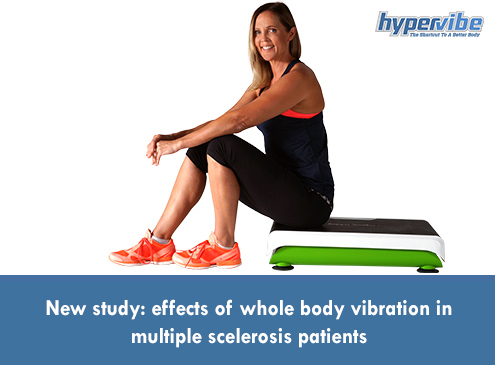
Multiple sclerosis is a disease of the central nervous system, which occurs when the myelin sheaths of the nerve fibers is damaged. It attacks the nerves in brain and spinal cord and impairs the communication between brain and the other organs, by affecting the transmission of nerve impulses.
Myelin is a fatty substance that surrounds the nerve fibers and increases the speed of electrical communication between these cells, so without this sheath, the impulses cannot be properly transmitted. It is believed that the damage of these sheaths is caused by an autoimmune reaction: the immune cells mistakenly attack the myelin, exposing the nerves underneath.
Once the ability of the nerve fibers to send signals to muscles and other organs is affected, the typical symptoms of multiple sclerosis occur: general weakness, fatigue, numbness, blurred vision, muscle pain, sleep problems, depression, and in more severe cases, vision loss or double vision, blindness and paralysis.
The fine movements and balance are also affected, so MS patients may experience walking problems. Hearing loss and vertigo, muscle spasms, tingling sensations in muscles and altered body temperature may be present. The patients may lose control of their bladder, and infections of the kidneys and bladder may occur.
Exercising makes these symptoms worse, and so does the exposure to high temperatures or taking a hot shower. Thus, patients with multiple sclerosis have to find some forms of exercise that are safe for them and well tolerated, and don’t accentuate these manifestations.
The use of whole body vibration in multiple sclerosis patients has been investigated before, so it’s not a new idea, but a new study suggests that controlled WBV may improve the fall risk factors and bone mineral density of these patients.
The study was conducted by US researchers and included 25 patients with multiple sclerosis, who received whole body vibration training on a pivotal (side-alternating) vibration machine for 8 weeks. Each training session was repeated three times per week, and the fall risk factors and bone mineral density were evaluated before and after the study.
Most of the participants, 22 out of 25, completed the study, and in all of them, almost all of the fall risk factors as well as the bone density showed significant improvements. Researchers concluded that 8 weeks of controlled vibration training increased the range of motion of the ankle joints, lowered the fear of falling and improved the bone density of these patients, so it could be a well-accepted and promising rehabilitation intervention for MS patients.
Have something to add to this article? Comment below or join our Facebook community and share your thoughts with us.

Updated on: 08.09.2021 The lymphatic system is involved not only...

Stress can make you gain weight – we’ve heard this...

Various theories exist to answer this question. As you will...

Both rebounding and jumping on a trampoline are excellent ways...

The health benefits of using vibration plates to burn fat...